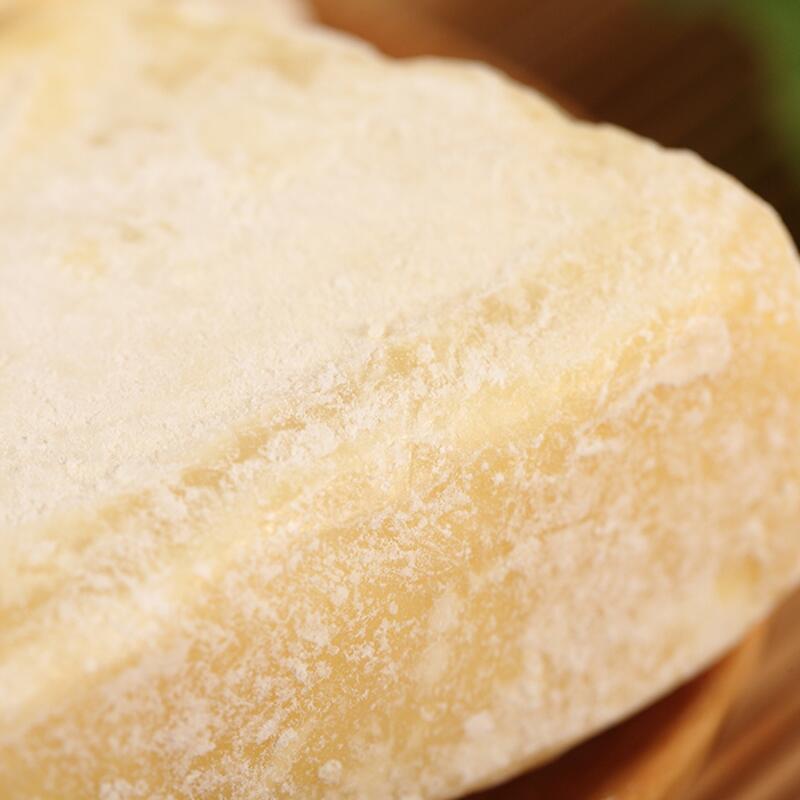-
Categories
-
Pharmaceutical Intermediates
-
Active Pharmaceutical Ingredients
-
Food Additives
- Industrial Coatings
- Agrochemicals
- Dyes and Pigments
- Surfactant
- Flavors and Fragrances
- Chemical Reagents
- Catalyst and Auxiliary
- Natural Products
- Inorganic Chemistry
-
Organic Chemistry
-
Biochemical Engineering
- Analytical Chemistry
-
Cosmetic Ingredient
- Water Treatment Chemical
-
Pharmaceutical Intermediates
Promotion
ECHEMI Mall
Wholesale
Weekly Price
Exhibition
News
-
Trade Service
| Sister group of seed plants discovered in "Plant Pompeii" in Inner Mongolia |
Seed plants are a kind of plants that have vascular tissues and can be reproduced by seeds.
Surging News ( was informed that recently, China Ke Xueyuan Nanjing Institute of Geology and Palaeontology, Wang Jun led an international team of researchers found a large leaf mesh scoop preserved fossil plants in Inner Mongolia Wuhai "plant Pompeii", it is confirmed It has the spore propagation mode of ferns and the wood structure of seed plants.
Academy of Sciences
This research lasted more than twenty years, research results by the Chinese Academy of Sciences Nanjing Institute of Geology and Palaeontology, Institute of Botany, Shenyang Normal University, the University of Birmingham, Indiana University, University of Pennsylvania, the Czech Academy of Geological Survey, Xi Boxi An international research team composed of the Mia Museum and the University of Vienna, Austria, jointly completed the project and published it in the Proceedings of the National Academy of Sciences (PNAS) on March 9, 2021 .
Academy of Sciences Academy of Sciences
According to the research team, Coccinellidae includes more than 20 genera and more than 50 species.
Named by Wang Jun’s research team in 2012 and published in the Proceedings of the National Academy of Sciences (PNAS), the Wuhai “Plant Pompeii” is an equatorial low-latitude tropical rainforest area about 300 million years ago.
Academy of Sciences
The plant fossils preserved in the volcanic ash provide an opportunity to unravel one of the greatest mysteries of paleobotany-the past and present of the caladium.
The entire tree crown of the new species "Wuhai Pseudotodidae" discovered this time was preserved.
Although the reproductive capacity of Ecolliflora plants is very powerful, they were also victims of the effects of environmental and climate change during the mass extinction at the end of the Permian.
The co-author of the study, Dr.
Wang Jun believes that in addition to uncovering one of the biggest mysteries of paleobotany, this research has clarified the location of the botanical classification of the calabash order, and it also has many important meanings.
The first is to show that "Plant Pompeii" is a fossil treasure house containing many important breakthroughs in the ancient plant world.
The second is the determination of the classification position of the order of the caladium, which represents a significant contribution of Chinese scholars to the taxonomy of paleophytes.
The third is to provide important clues for tracing the roots of the "Chinese flora".
The fourth is the fossil collection of "Plant Pompeii", which is the world's largest collection of coal-forming flora specimens.







